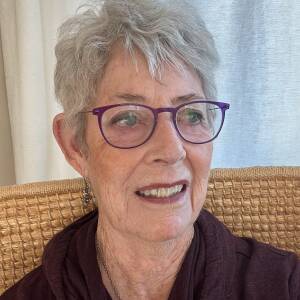Creepy!
We walked through the upscale MacDonald District, an enclave of grand old houses built by the founding fathers and well to do citizens beginning in the late 19th century. It is a fine flat place to walk and it’s wide leafy streets and well maintained sidewalks make a nice change from our hilly, rural neighborhood.
This rather tasteful (to my eye anyway) display of spiders and pumpkins caught my eye.
I read with interest an article on the Celtic roots of spooky decorations and festivities revolving around the realm of the dead. Ancient Celtic cultures observed Samhain, halfway between the autumn equinox and the winter. It signaled the end of the light half of the year, associated with life, and the dark half, associated with the dead. Samhain was a time for people to come together to feast, tell stories and commune with the dead.
Even more common here is Dio de Los Muertos or day of the dead (November 1st) when Hispanic families decorate the graves of deceased ancestors with elaborately painted skulls, food and other offerings. Altars are also created with homage to and offerings for the recently dead.
“The Otherworld is always there, but it is on the beginning of the dark half of the year the year, the evening of Samhain—now Halloween— when the dead are at their most powerful and the lines between this world and the next are erased.”
“As the light of summer fades and the season of darkness begins, the ancient holiday of Halloween arrives to celebrate the dead mingling with the world of the living as it has for thousands of years.”
—Tok Thompson
Posthuman Folklore
As is so often the case, our current celebrations have become somewhat removed from ancient intentions, but they are rooted in history.

Comments
Sign in or get an account to comment.


